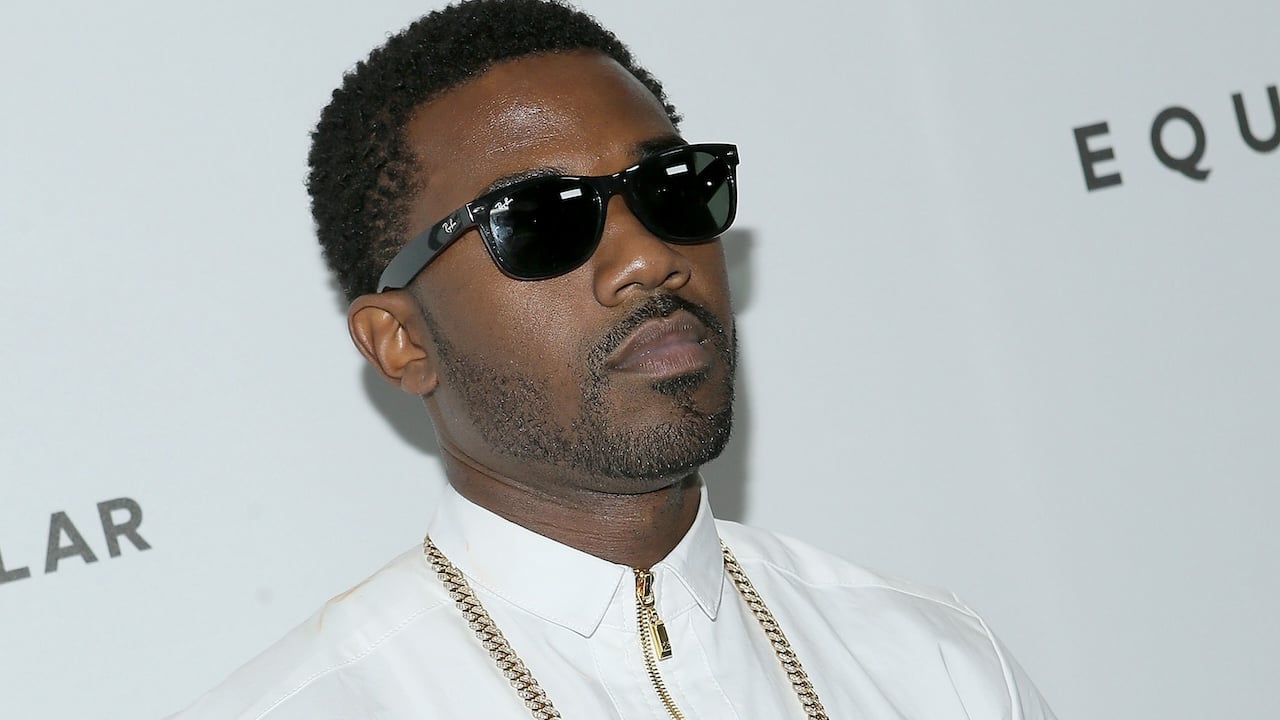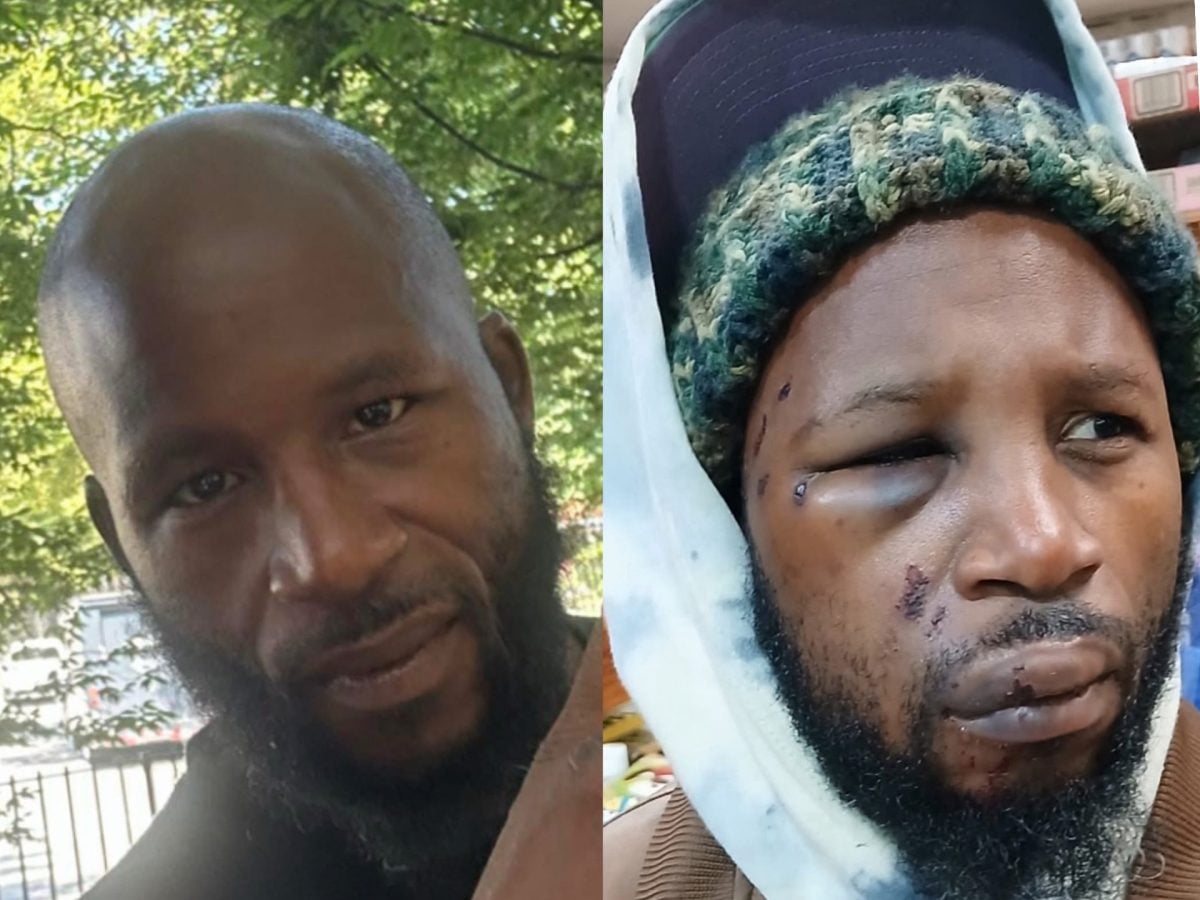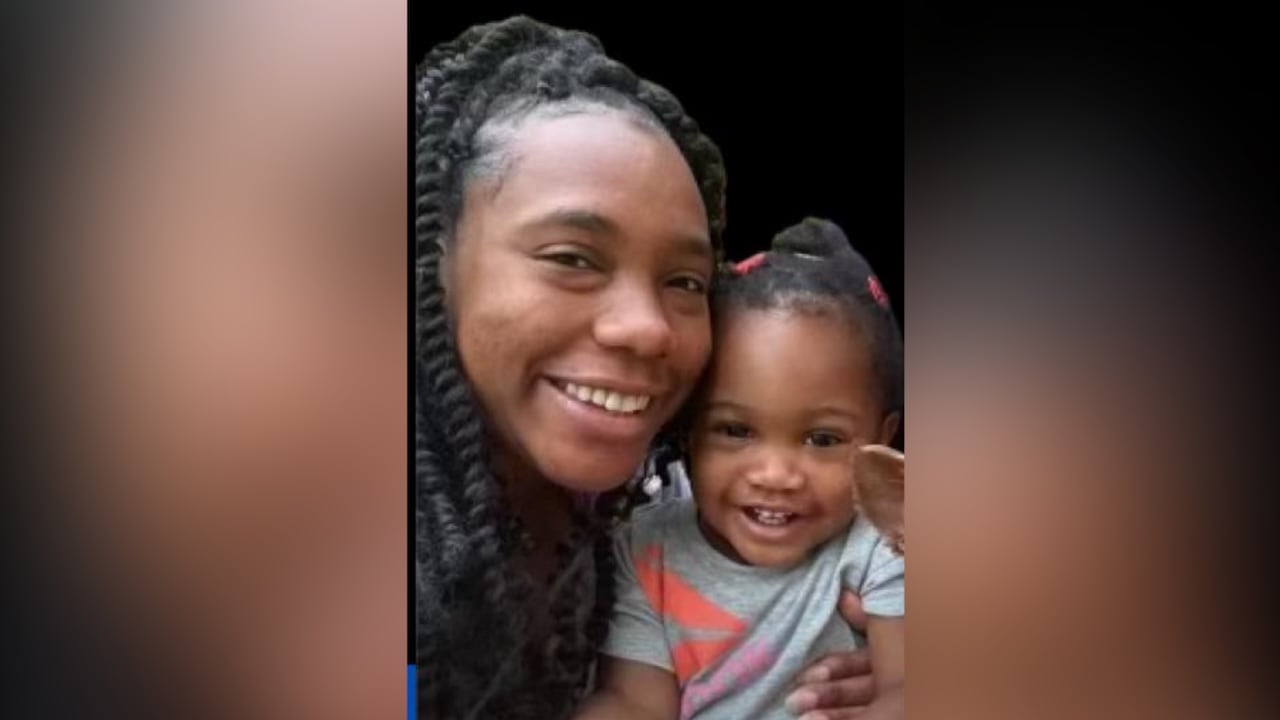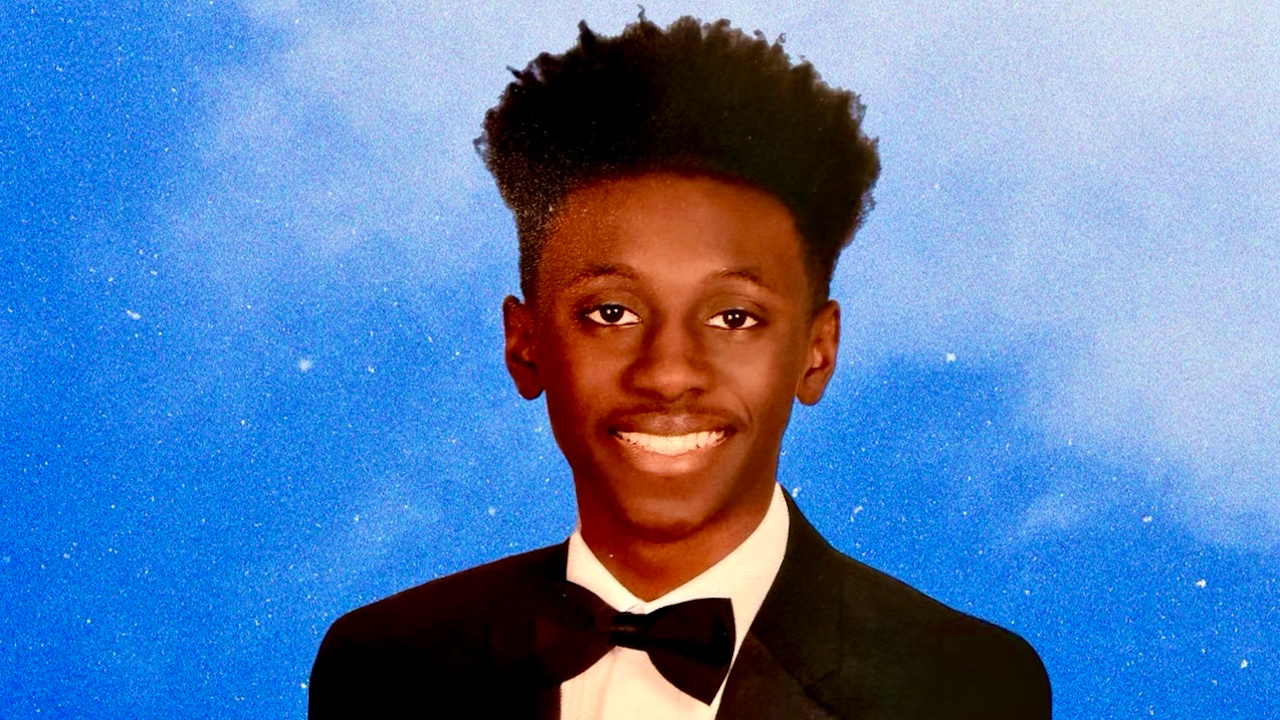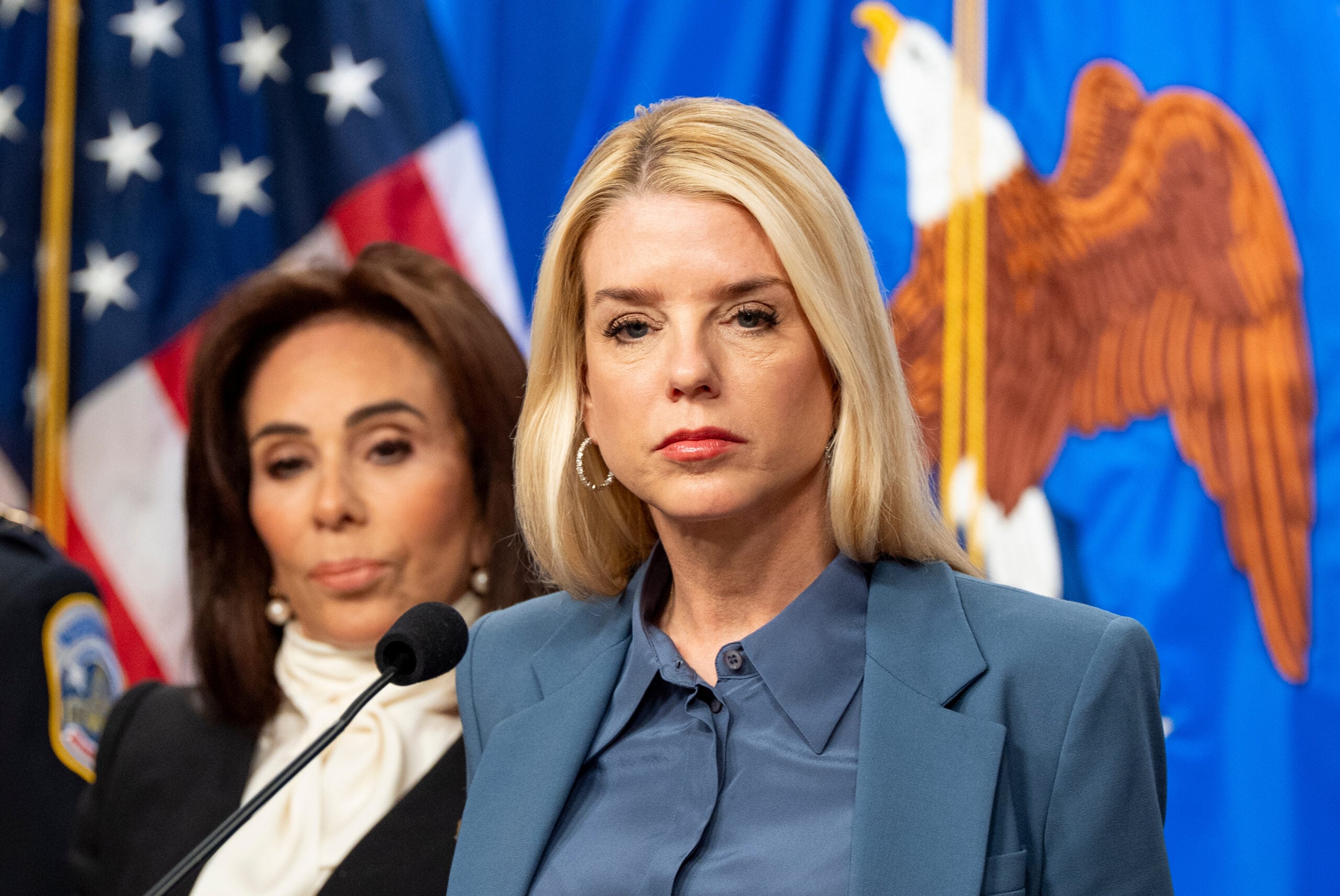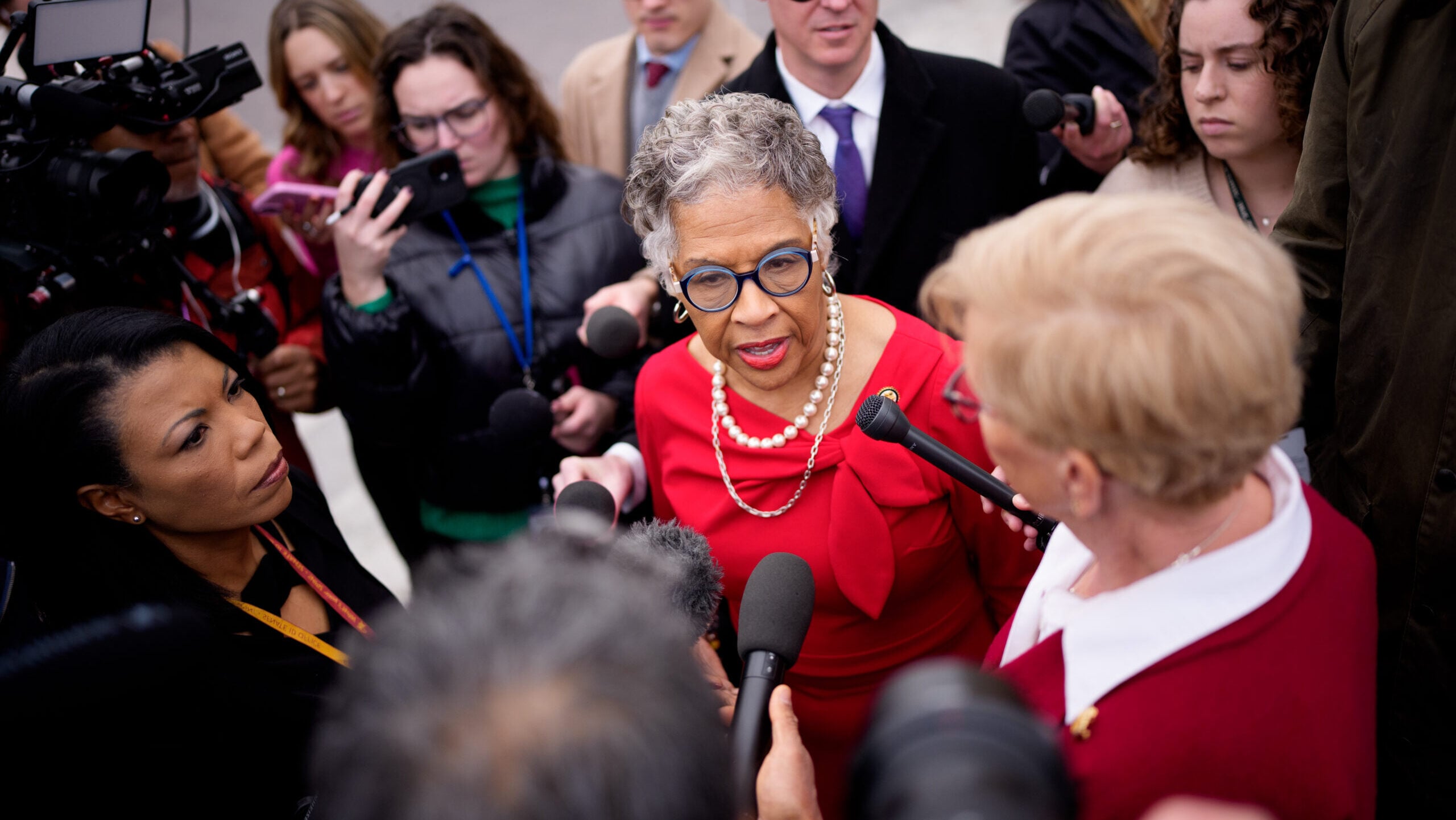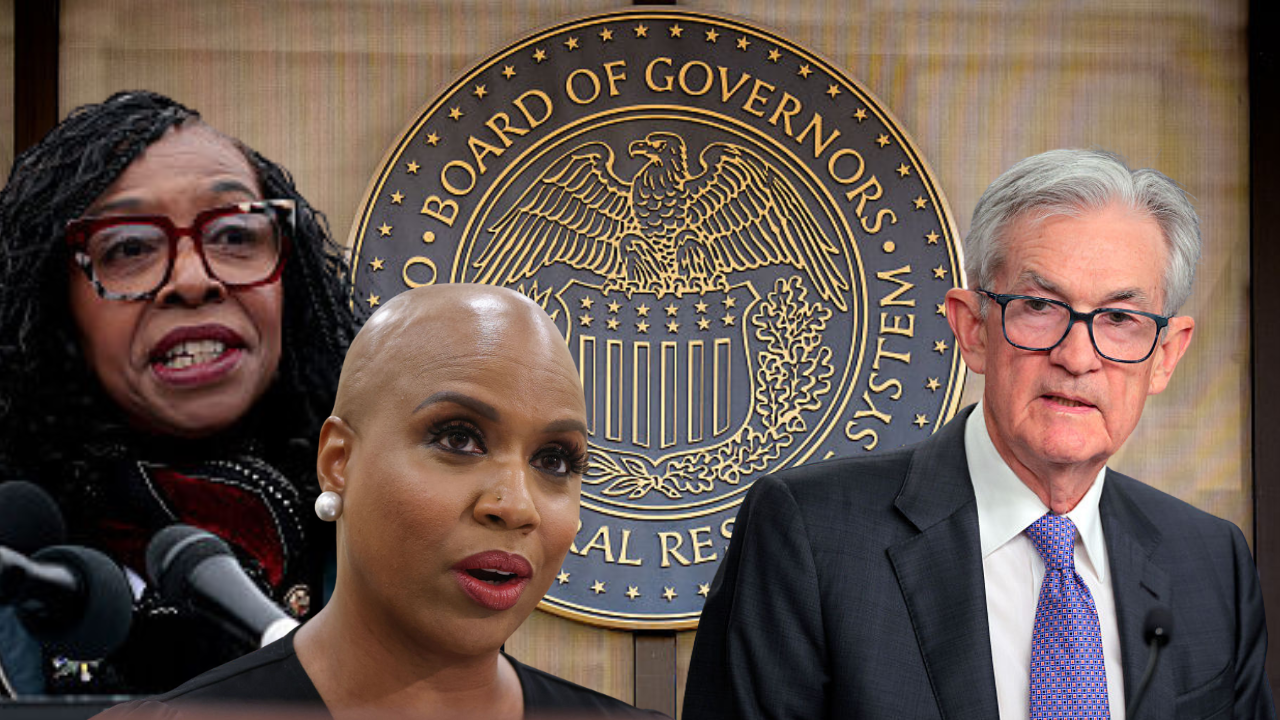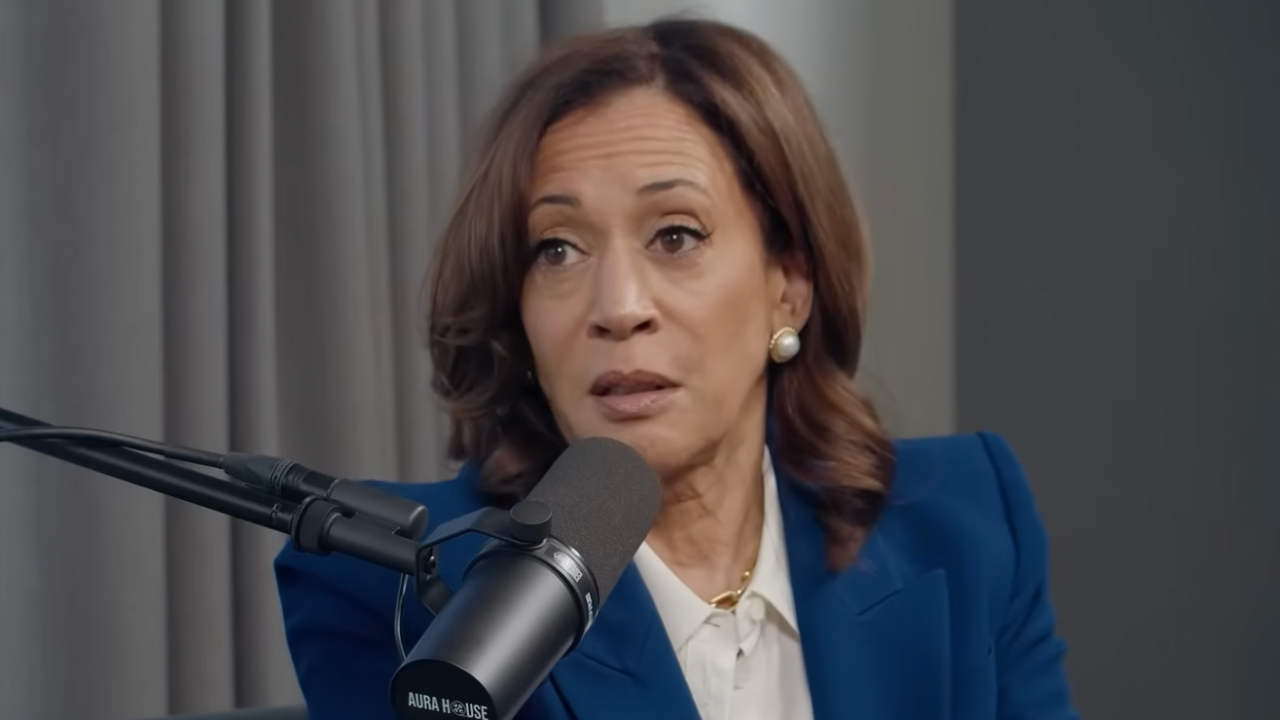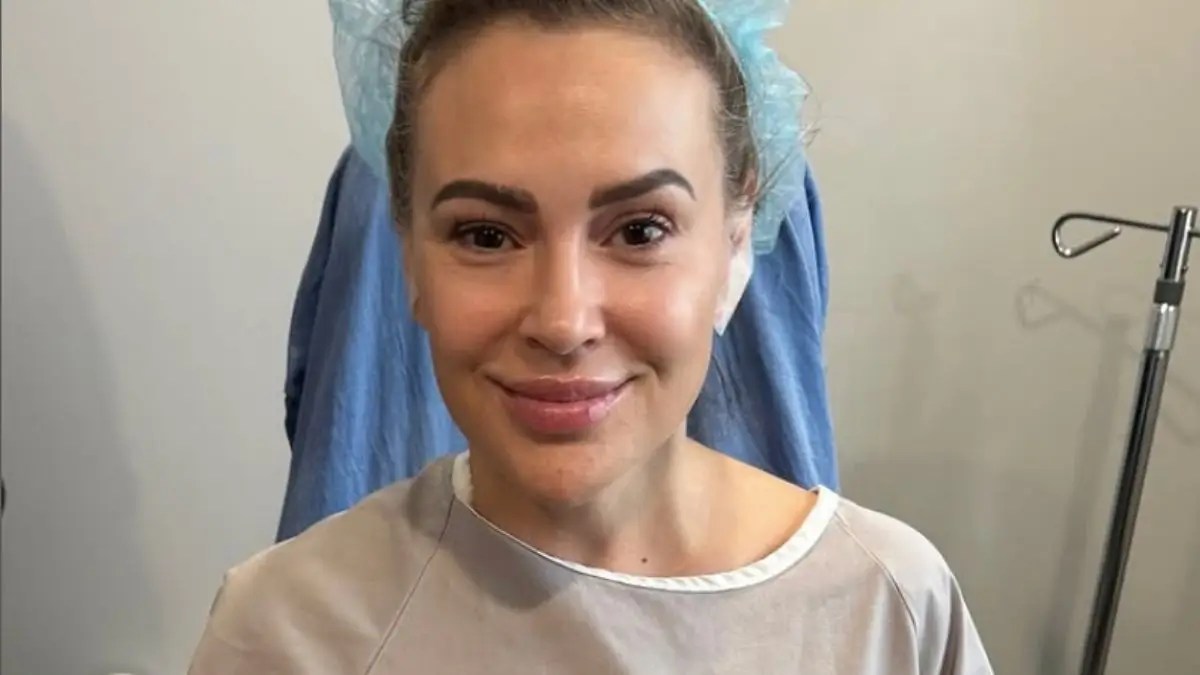Here’s how John Singleton finally sold ‘Boyz N the Hood’

The Life of Singleton: From Boyz N the Hood to Snowfall is available now from Andscape Books. In this excerpt, writer Thomas Golianopoulos details the hoops John Singleton had to go through to sell his groundbreaking film, Boyz N the Hood.
CAA shopped Singleton as a writer in early 1990, introducing him to actors and producers in hopes he could land some work. His first such meeting was with Jasmine Guy, the star of A Different World. They met at a coffee shop in LA to discuss a Dorothy Dandridge movie she hoped to get off the ground. During these meets with Tom Cruise or a pre–Thelma & Louise Brad Pitt, he’d often steer the conversation back to his little script about three friends named Tre, Doughboy and Ricky.
At times he didn’t wait for his agency to set up meetings. One afternoon, bored at his internship, Singleton wandered Burbank Studios when he came upon a sign reading Grio Entertainment Group. As an avid reader of the trades, he knew this to be Quincy Jones’s motion picture and television operation. “Can I talk to Q?” he asked, only to be led into the offices of Doug McHenry, a Harvard Law graduate, who, along with his producing partner George Jackson, ran Grio.
“Did you like Do the Right Thing?” Singleton asked.
“Of course,” McHenry answered.
“I wrote this script,” Singleton said, “that will do for South Central what Do the Right Thing did for Brooklyn.”
The next day, Singleton returned with Boyz N the Hood.
McHenry and Jackson both loved it but couldn’t pursue it. They’d started their own production company, Elephant Walk Entertainment, and were negotiating with Grio over which projects they could take with them. “John wanted to get his picture done immediately — like he wanted it done yesterday,” McHenry says. “We just didn’t have time to devote to it because we were trying to convince Warner Bros. to do New Jack City.”
When McHenry broke the news, all Singleton said was “This sh-t is going to happen with or without you.”
Brad Smith continued sending the script out to production companies, where it gained some traction. John Hughes read it. Brian Grazer and Imagine were interested. Jonathan Demme, who was also developing Taylor Branch’s Parting the Waters, the Pulitzer Prize–winning book about Dr. Martin Luther King Jr., considered optioning it for Orion Pictures.
“Jonathan was in love his whole life with Black culture,” says Demme’s producing partner Ed Saxon. When he read Boyz N the Hood, “it felt like, ‘Here’s a voice! This is the real deal!’ Here was this incredibly vivid piece of writing that felt like neorealist cinema from Italy after the war—like this is what’s really happening.”
Word started to get around about the hotshot kid from USC with the buzzy script.
Around this time, Boyz N the Hood found its way into the lap of Russell Simmons. One of the first rap moguls, Simmons, a rude, crude, and shrewd loudmouth from Queens, made a name for himself managing the biggest stars in hip-hop, including his brother’s group Run-D.M.C. He then co-founded hip-hop’s most iconic label, Def Jam Recordings. From the start he dreamed of building an empire beyond music. He dipped his toe in the movie industry producing the Run-D.M.C. vehicles Krush Groove and Tougher Than Leather.

Now he wanted to become a real Hollywood player.
He had recently launched a new venture with Stan Lathan, the director of Beat Street, and they were already talking with HBO. Simmons had also been negotiating a production deal with Columbia Pictures. He wanted Boyz N the Hood — even though he couldn’t be bothered to read the thing.
Singleton arrived for his breakfast meeting with Simmons and Lathan at Le Mondrian hotel in West Hollywood armed with a plan. He wouldn’t let the fast-talking New Yorker push him around. He nudged past tourists grazing in the lobby and made his way toward the restaurant where Lathan and Simmons waited.
In a few hours, Simmons would be on a private jet returning to New York. “Pitch it to me.”
Lathan, wary of Simmons’ approach, intervened. “Russell, you got to read this—”
“No, no, no, I want him to pitch me,” Simmons told his partner. He turned his attention back to Singleton. “You’re supposed to pitch me the story.”
Singleton had contempt for pompous New Yorkers like Simmons. It wasn’t difficult for him to return fire. “I don’t need to pitch you sh-t,” Singleton said. “This isn’t Krush Groove. This isn’t about New York. This is about growing up where you hear helicopters every night over your house and automatic gunfire in the distance. It’s about LA. You don’t know about that sh-t.”
Simmons got what he wanted: for Singleton to pitch him.
“You’ve seen Jaws,” he said. “What happens before the shark eats someone in Jaws? You hear the music, right? ‘DUNDUNDUNDUNDUNDUNDUNDUN.’ In my movie, before someone gets shot in a drive-by you hear the 808 beats coming out of the booming system.”
Simmons now understood — sort of. “LL got a song called ‘The Boomin’ System.’ It’ll be out in a couple of weeks,” he said, referring to the next single from LL Cool J’s upcoming album Mama Said Knock You Out.
Simmons read the script later that day during his flight on MGM Grand Air. “The script was so f–king good,” Simmons remembers, “that I was almost crying.”
While still in the air he called his connection at the studio, Jon Peters, who just so happened to be the new Sony co-chairman, and told him that he wanted to produce this intern’s movie called Boyz N the Hood.
While all this was happening, a young Columbia executive had gotten her hands on the script. She didn’t have much pull. But she believed in Boyz N the Hood and was almost as determined as Singleton to turn it into a film.
The post Here’s how John Singleton finally sold ‘Boyz N the Hood’ appeared first on Andscape.
What's Your Reaction?
 Like
0
Like
0
 Dislike
0
Dislike
0
 Love
0
Love
0
 Funny
0
Funny
0
 Angry
0
Angry
0
 Sad
0
Sad
0
 Wow
0
Wow
0




